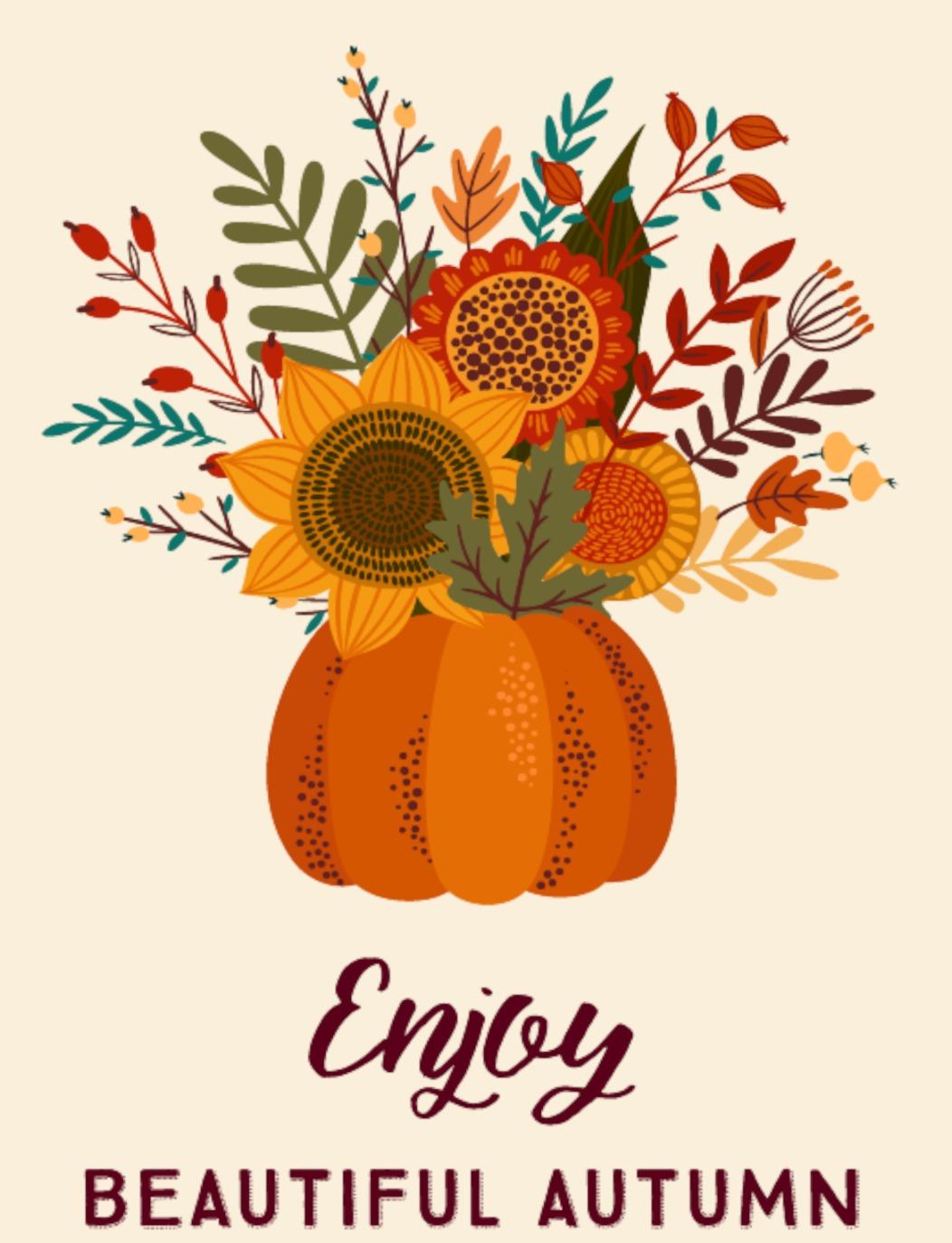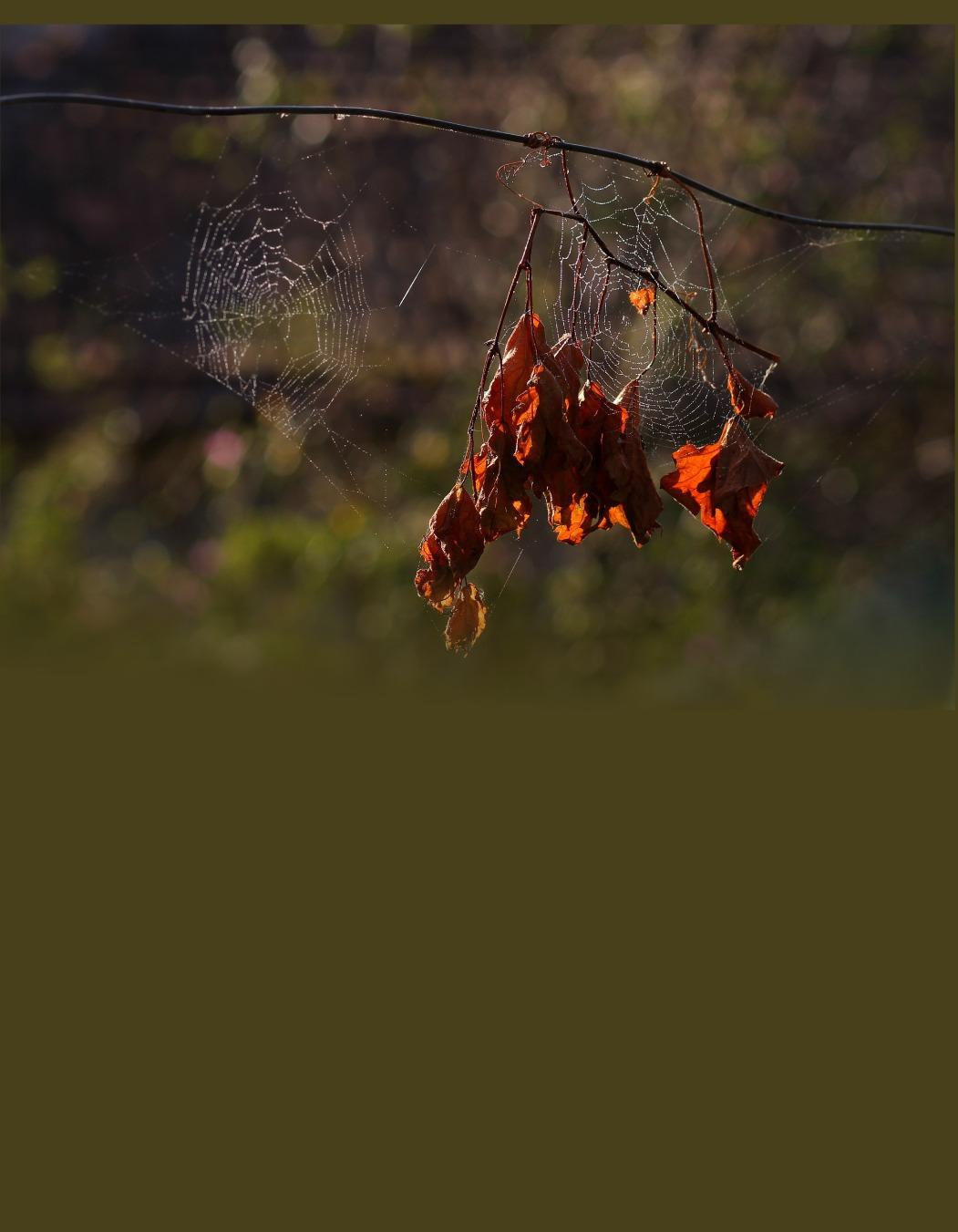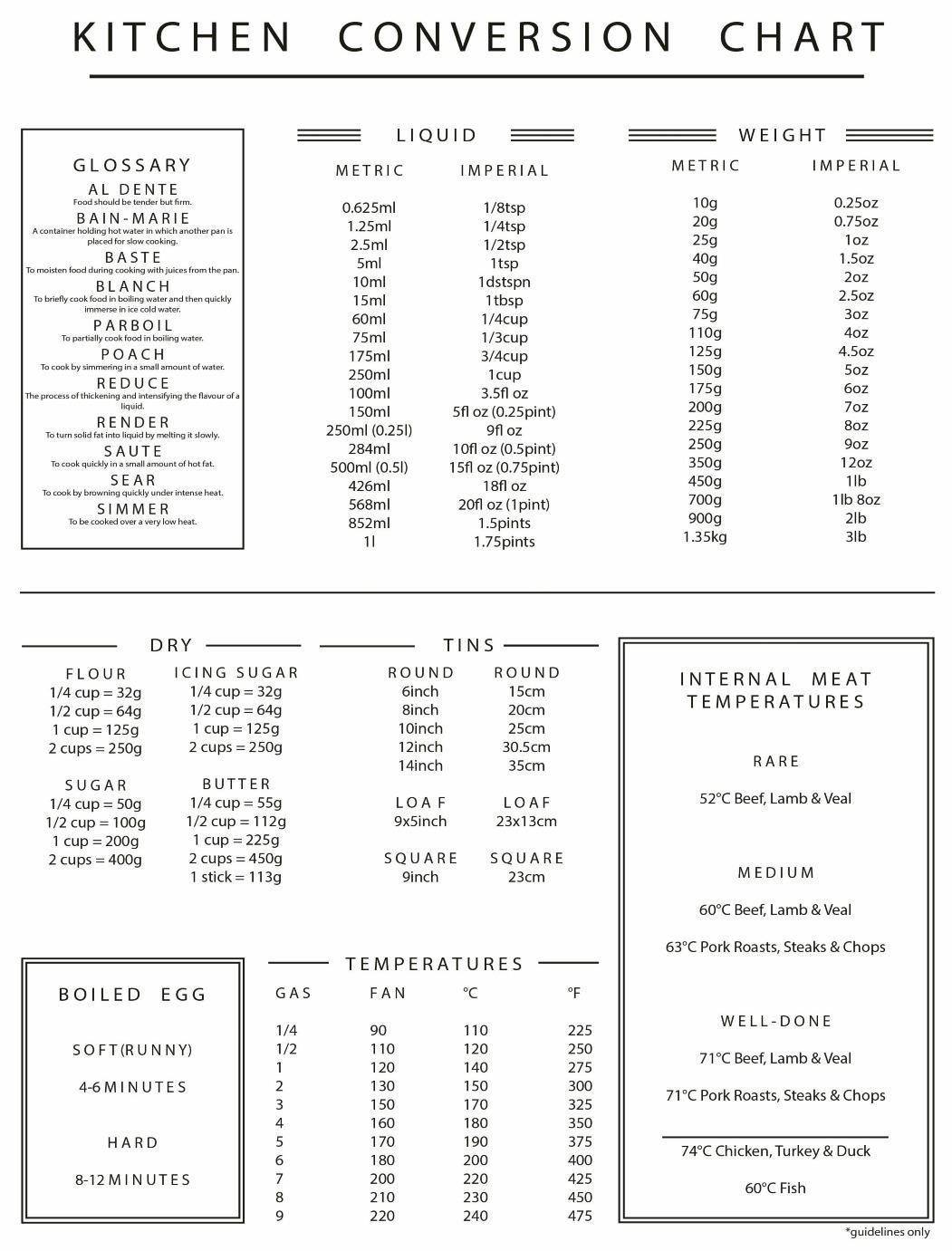
Copyright © Bustle & Sew Limited 2022
The right of Helen Grimes to be identified as the author of this work has been asserted in accordance with the Copyright, Designs and Patents Act 1988.
All rights reserved. No part of this publication may be reproduced, stored in a retrieval system or transmitted in any form, or by any means, without the prior written permission of the author, nor be otherwise circulated in any form of binding or cover other than that in which it is published and without a similar condition being imposed on the subsequent purchaser.
Every effort has been made to ensure that all the information in this book is accurate. However, due to differing conditions, tools and individual skills, the publisher cannot be responsible for any injuries, losses and other damages that may result from the use of the information in this book.
First published 2022 by: Bustle & Sew Station House West Cranmore Shepton Mallet BA4 4QP www.bustleandsew.com
2 A Bustle & Sew Publication
Welcometothe NovemberMagazine

Hello everyone!

The excitement is building here at Bustle & Sew HQ as the autumn progresses - Bonfire Night is only a few days away, with fireworks, hot dogs and toasted marshmallows. Both my little grandson Freddie and his Grandad enjoy a good “burn-up” as they call it and the pile of flammable garden rubbish at the end of our plot is growing rapidly! We will be sure to check for hedgehogs and any other wildlife that may be hiding within before we light it though. Then, early in December comes our annual family outing to our local Christmas Tree Farm (it’s so local you can see it from our upstairs windows) to choose the nicest, bushiest trees to decorate our homes during the festive season. There are decorations to make in this month’s issue too - a reindeer, a robin, and a pair of Christmas Gnomes, as well as a couple of more autumnal projects that would make lovely gifts at Christmas!
In the kitchen we enjoy some hearty warming dishes, read about the traditions behind Stir Up Sunday and more besides, whilst we travel across the globe and through time to bring you the story of felt, possibly the world’s oldest fabric and trace the silk road across Asia to look at the history of this loveliest of textiles.
The December Magazine will be published on Thursday 24 November. Until then I hope you have a lovely month, with lots of time for stitching!
Very best wishes
3
Helen xx
Betweenthismonth’s
November Almanac Page 5
Bonfire Night Page 7 Enchanted Deer Decoration Page 8
The Autumn Garden Page 12 Along the Silk Road Page 13 Lovely Idea Page 17
Woodland Friends Brooches Page 18 Autumn Printable Page 21 Autumn Treasures Page 22
A (very) Little Guide to the Thimble Page 26 Robin and Berries Hoop Page 27
In the Kitchen: Mellow Fruitfulness Page 31

Pheasant Cushion Page 45
A (very) Little History of Felt Page 48 Nature Notes: Gossamer Page 50
The Countryside in November Page 51
Christmas Bobbin Gnomes Page 56
A Stitcher’s Alphabet Part Nine Page 57
Poetry Corner: The Short Days Page 62
Mistletoe Kisses Hoop Page 63 Dancers in the Sky Page 66
Embroidery Stitch Guide Page 67 In the Kitchen: Conversion Tables Page 68 Templates Page 69

4
covers… 25 31 48 51 24 13 13
November is the month we commemorate those who have fallen in battle as Remembrance Sunday is observed on the closest Sunday to the eleventh - the anniversary of the signing of the Armistice at the end of WW1. Edward Thomas, whose verse appearsontherightwasacasualty of that war. A Welshman, he began writing poetry late in his life, at the age of 36. Less than four years later, in 1917, he was dead, killed at the Battle of Arras.
Wreaths of poppies will be laid at the Cenotaph in London and other war memorials, the ceremonies headed by our new King, Charles III. Theproceedsfrompoppysales during late October and early November raise funds for needy or disabled ex-service personnel and

EdwardThomas1915
their families. The flowers themselves represent the flowers that grew in the battlefields of Flanders during and after World War I, their bright red colour
Novemberpoignantly symbolic of the blood that was shed there.
It’s appropriate then, that November 11 is also St Martin’s day, or Martinmas, the feast day of St Martin of Tours, the patron saint of soldiers. Born into a pagan family, Martin served in the army beforehisbaptisminAD354which allegedly followed a miraculous vision of Christ he experienced after sharing his military cloak with a freezing beggar. In former times, St Martin’s Day was marked with much festive eating and drinking, mainly because it fell at the time of theyearwhenlivestockwerebeing slaughtered for winter food, geese were at their fattest and when the new season’s wine was ready for tasting.
5
“Novemberhasbegun, Yetnevershonethesunas fairasnow Whilethesweetlast-left damsonsfromthebough Withspanglesofthe morning’sstormdropdown Becausethestarlingshakes it,whistlingwhat Onceswallowssang.”
Novemberisthemonthforfogand frosts, that will bring the last few leavestumbling to the ground.The countryside around us is turning increasingly brown as the stubble is ploughed under and the hedgerowsandtreeslosetheirlast leaves to frost and wind. But even now there are still flashes of colour to be found.
Look for late rose hips, purple hawthorn leaves with deep red haws nestled among them, and strings of shiny red woody nightshade berries strung along the bare branches. Bracken and bramble offer shades of gold and a rich purplish-brown whilst the seed heads of wild clematisknown as Old Man’s Beard festoon the hedges still. Down the narrow winding lane that brings us through the village and home again, there are still a few roses shiningoutinshelteredplaces,and the lemon-yellow fireworks of winterjasminehavebeguntoburst out on house and cottage walls. The churchyard hollies are packed with colour, berries clustering amongst their dark green shiny leaves,foralltheworldlikeswarms of scarlet bees or ladybirds.
The Elizabethan and Jacobean writer Nicholas Breton’s account of November notes that it is the
season for hunting woodcock, pheasant and mallard and for the cook and comfit-maker to prepare for Christmas; it is also the time when butter and cheese rise in price, the nobility feast themselves while the “poore die through want ofCharitie”andthereischilling cold and rain, and high winds. He also remarks on the high winds cha ract
“Myhourforteais half-pastfive,andmy butteredtoastwaitsfor nobody.”
WilkieCollins 1859
eristic of this month - though these were never as bad as on 26 November 1703, when the Great Storm hit England. It has been estimatedthatthiscatastrophewas equivalent to a Category 3 hurricane, with winds gusting at 120 mph and waves breaking sixty feet high, killing eight thousand people.
This is a great time of year for bird watching as the lack of foliage makes them much easier to spot among the branches.

Murmurations of starlings are of course a well-known and amazing sight, but you may also spot less dramatic flocks of blackbirds, visitors from Scandinavia which are muchmoresociablethanthenative British variety as well as whooper swans from Iceland, Bewick’s swans from Siberia as well as all kinds of geese, ducks and other migratorybirdscometooverwinter here.
If you don’t already have nesting boxes in your garden now is the time to put them up as they’ll provide shelter for birds over the winter months and also become part of their habitat, ready for nesting in spring. Keep them well fedandhealthybystockingupyour bird table and feeders regularly.
Finally, as November comes to a close, we are all very excitedly looking forward to Christmas. In our family the build up always begins with Stir Up Sunday - the last Sunday before Advent. This tradition dates back to Victorian times when the family would gather together to stir the Christmas pudding five weeks before Christmas.
6


7
AlongtheSilkRoad… theworld’soldest fabric
Silkisoneoftheoldestknownfibresand,accordingtoChineselegend,wasaccidentally discoveredbyEmpressHsiLingShi,wifeofEmperorHuangTi(alsocalledtheYellow Emperor). OnedaywhentheEmpresswassippingherteabeneathamulberrytree,a cocoonfellintohercupandbegantounravel. TheEmpresswassoenamouredwiththe shimmeringthreadsshetookthetroubletofindoutmoreandlearnedthattheircreatorwas thesilkwormBombyxmorifoundinthewhitemulberry. Sheoversawtheearliest developmentofsericulture(thecultivationofsilkwormsandproductionofsilk)and inventedthereelandloom,sobeginningthehistoryofsilk. Whetherthislegendistrueor not,theearliestsurvivingreferencestosilkhistoryandproductionplaceitsoriginsinChina, andfornearlythreemillenniatheChinesehadaglobalmonopolyonsilkproduction.

8

9
AutumnTreasures

“Althoughbrownsandgreysarethepredominatingcoloursofthemonth,they stillformabackgroundforthesplashesofbrighterhues. Theflowers,though few,havenotwhollygone;thegardenstillyieldsabunchofchrysanthemumsand starwort;thesmallergorseisbloomingagainsttheserebrownoftheheathandin theshelteredrecessesofthewoodsatreehereandtherestandsoutinitsredor yellow.
Besidethefieldpaths,atleastadozenlaterlingerersmaybefound-yellow toadflaxwithitsbutterandeggtints;pimpernel,charlockandthelastoftherosemallow,andafewbelatedpoppies,withthepetalsallcrinkledandblanchedtoa palepinkbytherainandthecold. Ofsuchthingsitwouldbepossibletogather quitearespectablenosegay,butforthemostparttheyarepassedover;thefaded beautiesofadesertedseasonhavelosttheircharm,andthehedgesholdamore seasonalselection-hips,haws,andbrightly-tintedleaveswithlongstrawcolouredtrailsofcrimsonberriedbryony.
10


11
Mellow

12
Fruitfulness….
Somehow November quite often seems to catch me bysurprise. Clearlythisshouldn’tbesoasithappens every year(!). October can be pleasant, bright and mild as the summer fades gently out of sight, but just a few weeks later as November rolls in, the temperature drops by around ten degrees and, as the clocks have gone back, it’s dark by about five o’clock - a real contrast that heralds the colder, darker days ahead. November is the final month of autumn and, as we say farewell to the very last tattered remnants of the warmer days behind us, we can begin to look forward to the frosts and snow of winter, sparkling icy days and long walks, returning to the warmth of the stove and a bowl of soup, mug of cocoa or a hearty stew to warm the cockles of our hearts. ( )
And, thinking of those soups, stews and casseroles, it’s a good thing that November is one of the best months for root vegetables. Parsnips and celeriac

are particularly good this month. And though the pickings are slimmer than in October, the hedgerows still carry some of autumn’s bounty as rose hips and chestnuts are welcome additions to the autumn larder.
These days bacon is available all year round, but traditionally it would have been made in November for eating through the winter. Right up until the end of WW2 it was common for families to keep a pig at the end of their gardens, or to be part of a pig club that raised pigs communally. Pigs were fed on kitchen scraps and other food waste throughout the year, and then killed and their meat cured with Martinmas, November 12, being the traditional date for the first slaughter. The parts that couldn’t be preserved such as the offal would be eaten straight away, then brawn and sausages made from those that would keep for a short time and the belly and loin made into bacon that would be ready to eat by Christmas.

Simply Soup
“Wehearoftenofacookwhoprofessestobeagoodsoupmaker. Nothingiseasierthanfor everycooktobecomegoodinthisdepartment,butshemustrememberafewfactsandact uponthem.
1. Thatlongslowcookingisessentialformostsoups,andthatmostrecipesgivethe minimumoftimepossible,notthemaximumdesirable.
2. Thatsoupcanbemadeofanything-fish,flesh,fruitorflour,andthattheeconomic housewifeuseswhatshehasathandwithaseasoningofcommonsense.
3. Thatacombinationofmanythingsproducesgenerallyabetterresultthantheuseofone ortwomaterialsonly,thevalueofwhichfactisgreatfromthepointofviewofusing scraps.”
The Victorians simply loved soup, and many a social conscience was appeased by making vast quantities of soup to give to the poor - some of it nourishing and good, some very poor indeed. The great chef, Alexis Soyer, altered the diet of the soldiers fighting Crimea in the 1850s by ordering the proper cooking of their meat, seasoningitwellandseeingthat the soup that could be made from it was used to nourish the wounded and convalescent insteadofbeingthrownawayas useless. Later he was to do much the same with his soupkitchens during the Irish famine. Even earlier, by the end of the eighteenth century it was realised that “portable soup”, that is soup boiled down to a solid substance that could be reconstituted with water - the ancestor of our modern stock cubes, was a very good way of
providing nourishment on long journeys. Captain Cook, during his voyage of exploration, took this portable soup with him as well as “sour-crout” which he insisted that his unwilling crew should eat - and for the first time during a long voyage the whole crew was free of scurvy.
Unfortunately one result of the Victorian obsession with soup is that generations have grown up feeling that it’s impossible to make soup at home without an enormous stock pot. The third rulegivenbyMrsBeeton(above) can lead to very poor soup making since if all odds and ends of scraps were put into the pot the result would have little taste of its own, though the result would undoubtedly be nourishing-ifratherunappealing!
Soups can be heart and thick, full of chunky vegetables and
meat or fish - a meal in themselves - or clear delicate consommes or broths to act as an appetiser at the beginning of aformalmeal. Sometimessoup wasservedatthestartofameal to help fill the diners up before the more expensive main dish wasservedandindeedformany poorer folk it would have been the only dish of the meal.
You don’t need a stock pot thesedaysasmanygoodquality stock cubes, and even fresh stock, are available - be sure to choose a good quality wellflavouredversionforsoupasthis will affect the taste. You can even make soup with a milk base, or with the liquid from cooking vegetables. And such soups, whether thick or thin, pureed or not, according to taste, can be both comforting and warming.
ButternutSquashSoup

Ingredients
● 1.5kg peeled and deseeded butternut squash, cut into 3cm/1¼in cubes (see tip)
● 1 large onion, roughly chopped
● 2mediumcarrots,peeledandchopped
● 1 red pepper, deseeded and cut into cubes
● 4 tbsp olive oil
● 1 tbsp clear honey (optional)
● 5cm/2in piece fresh root ginger, peeled and chopped
● 1.5 litres/2½ pints vegetable stock
● salt and freshly ground black pepper
Method
● Preheat the oven to 200C/180C Fan/Gas 6.
● Tip the prepared squash into a large, resealable freezer bag with the onion, carrots and red pepper. Add half the oil and salt and pepper and toss everything together until the vegetables are evenly coated. Tip into a large roasting tin and spread out to form a single layer.
● Roast in the oven for 40–45 minutes, or until tender and tinged brown. Drizzle over the honey, if using, 5 minutes before the end of cooking.
● Place the large, deep-sided saucepan over a medium heat, add the remaining oil and, when it is hot, add the ginger and fry for a minute. Pour in the stock and bring to the boil, then stir in the roasted vegetables and add salt and pepper.
● Remove the saucepan from the heat and, using a hand blender, blend the mixture until smooth. Return to the heat to warm through and serve hot with crusty bread.
●
●
●
demerara
● 275g porridge
Flapjacks

Method
● Pre-heat the oven to 160°C/Fan 140°C/Gas 3.
● Grease a 30 x 23 cm (12 x 9 in) traybake or roasting tin.
● Melt the butter in a large pan along with the sugar and syrup, and then stir in the oats. Mix well and then turn into the prepared tin and press flat with a palette knife or the back of a spoon.
● Bake in the pre-heated oven for about 35 minutes or until pale golden brown. Remove from the oven and leave to cool for 10 minutes. Mark into 24 squares and leave to finish cooling in the tin.
Ingredients
225g butter
225g
sugar
75g golden syrup
oats
NatureNotes:Gossamer

Gossamer,asitiscalled,beingthefinewebofcertainspeciesof spiders,floatingintheairinabundance,andlodgingonthetrees, ortheriggingofships,andonotherobjects,affordsasignoffine settledweatherinautumn,asdoesthemuchcoveringofthe groundandherbagebythewoofofthespidersingeneral.
IncrossingtheChannelfromCalaistoDover,Ihaveobserved thatthecaptainsofthevesselshavesometimesforbodedfine settledweatherfromthesettlingonthemastsandrigging,of certainsortofweb,whichwetaketobethewoofofsomespider, thoughwehaveobservedittoalightontheshipswhensomeway outatsea.
Thomas Furly Forster, The Pocket Encyclopaedia of Natural Phenomena, published 1827


19
TipsforStitchers

HereatBustle&Sewwe’renotafraidtotacklehardertopics,suchaswhen thingsgowrong! Thisdoeshappenandifyoudomakeamistakeoraren’t happywiththewayyourworklooks,thendon’tbeafraidtostartover! Youcan unthreadyourneedleandusethebluntendtopulluptheoffendingstitchesorifthisdoesn’tworkforyoutryusingapairoffinepointedtweezers.
Sometimes,ifthingshavegonebadlyawryyoumayevenneedtouseyour embroideryscissors(thosesharppointsarereallyhandyhere)tocutoutsome stitches. Butthat’soneofthepositivesaboutembroidery-it’ssoeasytobegin again, andmistakesaresimplypartofthelearningprocess.
20
AStitcher’sAlphabet
9:S(parttwo)
Sailors’Woollies
Nothing to do with maritime knitwear, sailors’ woollies are embroideries worked by sailors in the nineteenth century. They appear to have been made both at sea to while away long periods of inactivity when the sailing ships were becalmed in the doldrums and also as a pastime when the maker had retired from the sea. They began to be created in the 1830s and remained popular until the end of the First World War in 1918.
Sailors designed the woollies themselves, usually drawing the image in ink first, and then filling it in with their needle and thread. Although all the materials – cloth and thread – could be found onboard, it seems instead that sailors often saved up their money to buy embroidery canvas (rather than use the tougher sailcloth), and colourful silk threads that cheaper dying processes had made more affordable. They also experimented a little, with some adding sequins, glass beads, and bits of bone and metal sometimes into their work. However, they did tend to be economical with materials – they favoured the long stitch, which was fast and made the most of their thread since it involved long stitches on the front and only short ones on the back. They are generally naïve representations of the ships in which the worker had sailed, nearly always in profile and always sailing straight into the wind with strreaming flags and bunting.


21
Part
DancersinFlight
Ifyou’reoutandaboutthismonth,keepaneyeoutfortheballetic gatheringsofstarlings-knownasmurmurations-whichusually begininNovember. Fromnowuntilspringournative,nonmigratingstarlingsarejoinedbytheirrelativesfromcolder countries,andallflocktogetherinthesehypnotic,seemingly almostmiraculous,pre-roostingdisplaysattheendoftheshort winterdays. They’retrulyspectaculartowatchandareminder thatnotallofnaturesleepsthroughthecoldermonths. The photobelowwastakenontheSomersetlevels(notfarfromwhere Inowlive)whichisagreatplacetospotstarlingmurmurationsjustclickheretofindmoregreatviewingpointsintheUK.


22

23

